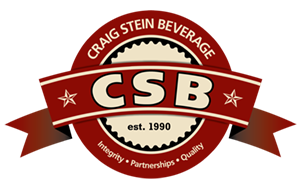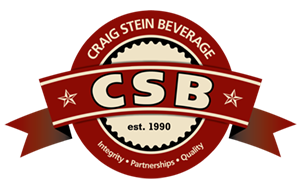Hops Intro 101
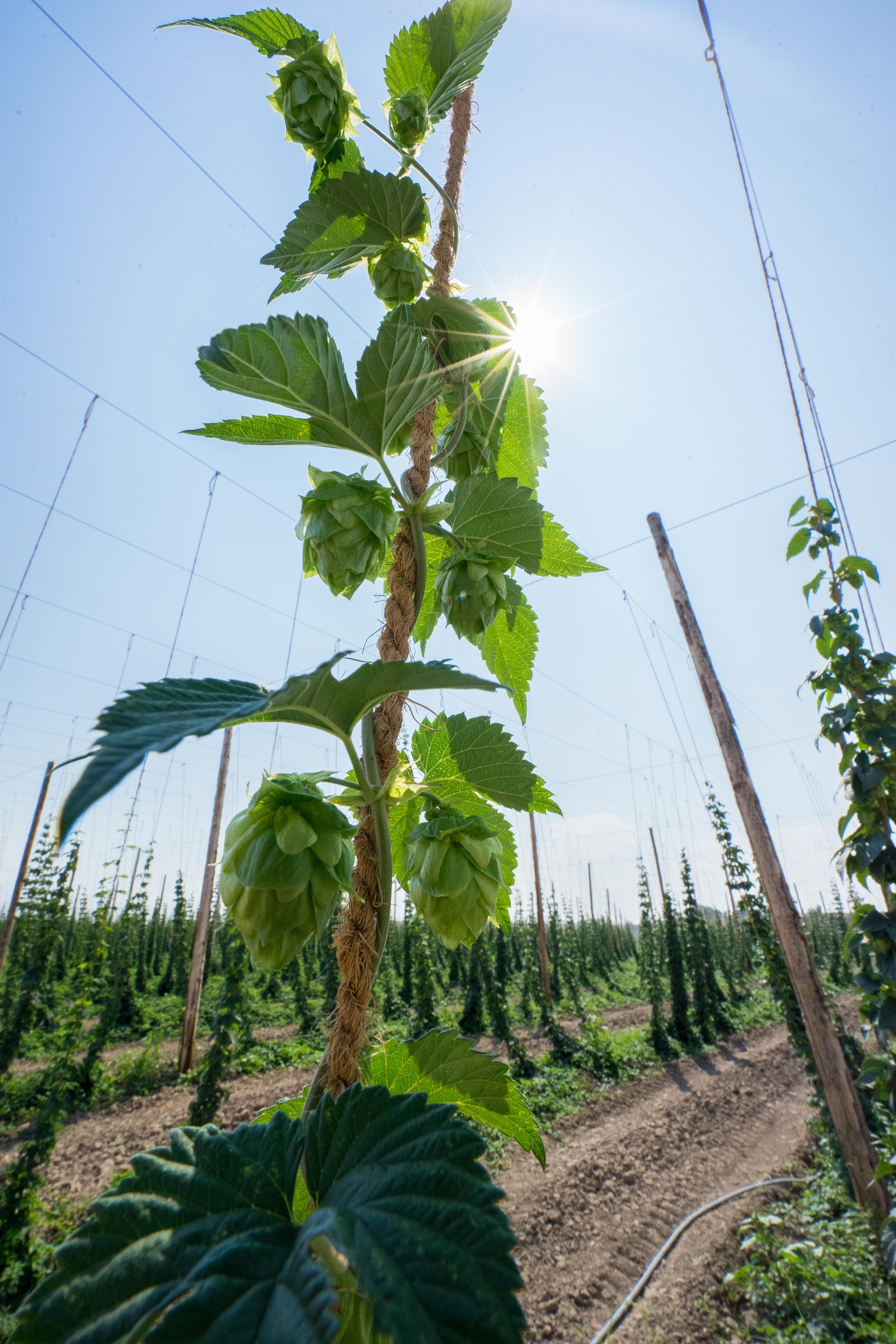
Humulus Lupulus doompadee do.
I’ve got another puzzle for you.
What the heck are hops and what do they do?
Humulus Lupulus doompadee do.
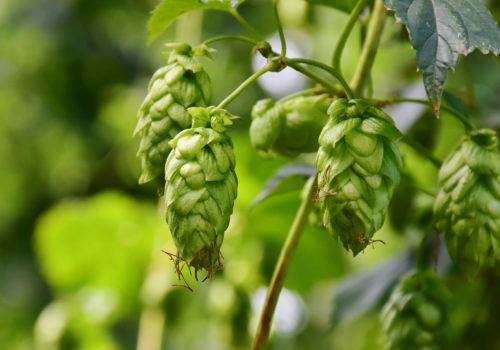
Hops, the flower of the Humulus Lupulus plant, is one of the key ingredients in beer brewing. Hop strains vary based on two identifying components: the alpha acid levels and the essential oil levels. The two components are necessary to bring balance to a well crafted beer. The alpha acids in hops are used as a bittering agent while the oils bring aroma and flavors to the table. Right in our backyard in Yakima Valley, 75 percent of hops in the U.S. are produced, making this area one of the biggest producers in the world. There are over 130 varieties out there and they can be broken down into two categories: alpha (high in alpha acids) and aroma (low in alpha acids). It should be noted that many varieties fall into both categories making it a dual purpose hops.
When you read a beer description that says “citrus, tropical, grassy” taste and aroma, how did you imagine that beer was brewed? Did you imagine a kettle full of fruits and spices (maybe a sprinkle of freshly mowed lawn)? While that can be one of the ingredients, the flavors most likely came from the combination of hops used. In the brewing process, alpha acids and oils are two sides of a seesaw: boiled for a short time the oils soak into beer and fill it with aroma and flavors but doesn’t leave much bitterness, boiled for a longer time more alpha acids will bitter the beer but the oils are destroyed. Therefore, brew masters will use multiple varieties at various stages of brewing in order to maximize the hops and create a complex flavor profile.
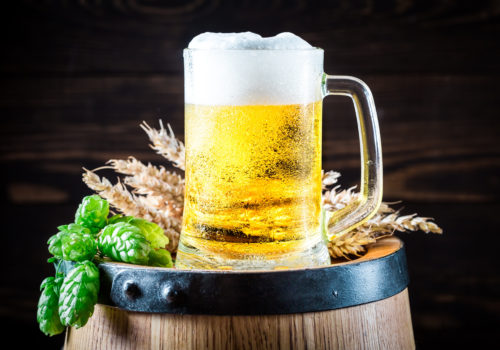
Here are some hop varieties and their characteristics:
Bravo: highly bitter hops with spicy, earthy, and lightly floral characteristics
Cascade: aroma hops with floral with citrus and grapefruit characteristics
Chinook: dual purpose hops with grapefruit, pine, and spices characteristics
Magnum: alpha hops with pepper and nutmeg profile
Newport: alpha hops with a clean bitterness, flavors of wine and balsamic
Simcoe: dual purpose with bright citrus flavors with earthy undertones, aromas of grapefruit, pine, and herbs
Lets take a look at some of the beers in our Boise inventory:
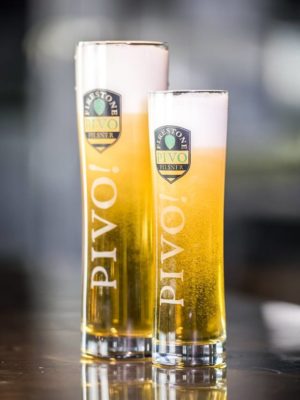
Firestone Walker Pivo Pilsner
A classic pilsner with stylistic influences from Germany, Italy, and the Czech Republic and with a West Coast dry-hopping twist. The hops used in this are Magnum, Spalter, and Saphir, which give it floral aromas, spicy herbal characteristics, and lemongrass notes.
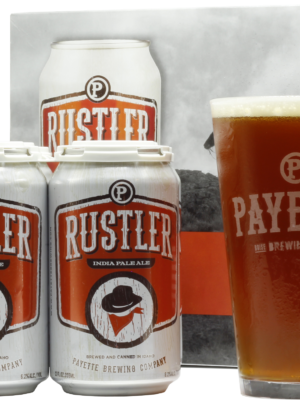
Payette Brewing Rustler IPA
Brewed with Centennial, Chinook, and Columbus hops, this IPA has a slightly spicy aroma, with hints of sweet pine, citrus, and apricot with a mildly bitter finish.
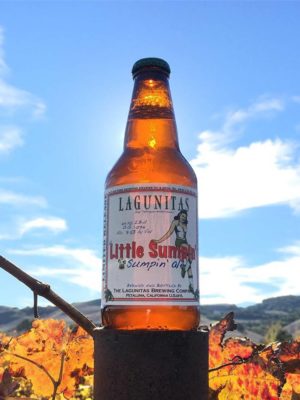
Lagunitas A Little Sumpin’ Sumpin’
This unique style ale is hop-forward enough to satisfy IPA lovers but smooth enough for hefeweizen fans to enjoy as well. Brewed with Willamette, Santiam, Amarillo, Cascade, Centennial, Chinook, and Columbus hops, this ale boasts citrus and piney hops.
Lets take a look at some of the beers in our Vancouver inventory:
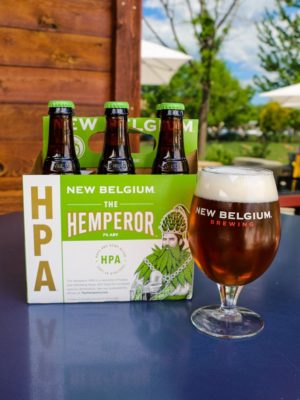
New Belgium The Hemperor
This beer was a head turner when it was released last year. The aroma finish of Simcoe and experimental HBC 522 hops gave this beer the danky aroma of a hippie college dorm room.
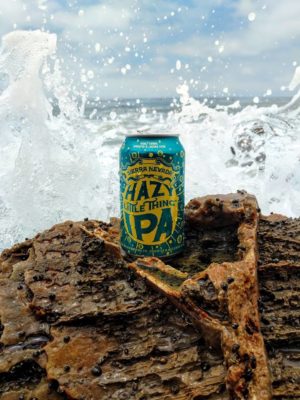
Sierra Nevada Hazy Little Thing
The use of citrusy hops like Magnum, Citra, and Simcoe makes this beer a fruity, citrusy IPA.
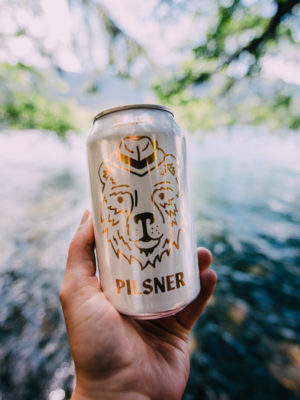
Pfriem Pilsner
The brewers used German variety Perle, Saphir, Tettnang, and Spalt Select hops to stay true to its Europe origins with a spicy grassy finish.
So, what the heck are hops and what do they do? They are flowers that bring amazing flavor, aroma, and bitterness to the beers we drink and love. New varieties are created regularly which means our beers will continuously evolve and grow into new flavors and we are faced with endless possibilities. How exciting is that?
Written by Jan Fogg
Purchasing Assistant
